Leave-In vs. Rinse-Out: Which Conditioner is Right for You?

If you’ve ever stood in the hair care aisle wondering whether you should pick up a leave-in conditioner or stick to your trusty rinse-out formula, you’re not alone. Conditioner types can feel a little overwhelming — especially with so many options promising to transform your hair. But here’s the good news: once you understand the key differences and how they fit into your hair’s unique needs, choosing the right conditioner becomes much easier.
Whether you have straight, wavy, curly, or coily hair, knowing when and how to use leave-in versus rinse-out conditioners can elevate your hair game to the next level. This guide will help you find the perfect conditioner match, unlock their benefits, and avoid common mistakes — all in simple, easy-to-understand language.
Plus, if you’re looking for quality hair care products tailored to your hair type, I’ll share how Gorgeous Strands can help you discover conditioners made just for you.
Understanding the Basics
What Is a Rinse-Out Conditioner?
Rinse-out conditioners are the classic conditioners many of us grew up using. After shampooing, you apply the product generously, leave it on for a few minutes, then rinse it out thoroughly. The rinse-out conditioner’s primary role is to restore moisture, detangle, and smooth the hair cuticle after shampooing strips away natural oils.
Because shampoo can leave hair feeling dry and rough, rinse-out conditioners help replenish the lost hydration and add softness. They often contain nourishing oils, humectants (which attract moisture), and sometimes proteins to strengthen the hair.
These conditioners tend to be thicker and richer than leave-ins, and they work best when used during your washing routine — usually weekly or biweekly depending on your hair’s needs.
What Is a Leave-In Conditioner?
Unlike rinse-outs, leave-in conditioners are designed to stay in your hair after washing. You apply them to damp or towel-dried hair, and they continue working to hydrate, protect, and style your hair throughout the day.
Leave-ins are typically lighter in texture, so they don’t weigh hair down or make it greasy. Their benefits go beyond moisture: they often help with frizz control, detangling, curl definition, and even provide heat protection for styling.
You can use leave-in conditioners daily or between wash days to refresh and nourish your hair without needing to rinse them out.
Key Functional Differences
Here’s a quick breakdown to clarify:
|
Feature |
Rinse-Out Conditioner |
Leave-In Conditioner |
|
When to Use |
After shampoo, rinse off in shower |
After washing, left in hair |
|
Texture |
Thick, creamy |
Lightweight, sometimes creamy |
|
Purpose |
Deep hydration, smooth cuticles |
Ongoing moisture, frizz control, styling support |
|
Frequency |
Weekly or biweekly |
Daily or as needed |
|
Can Protect from Heat? |
Rarely |
Often includes heat protection |
|
Convenience |
Needs shower time |
Great for on-the-go use |
Understanding these basics is the foundation to building a routine that works perfectly for your hair type and lifestyle.
Hair Type Matters: Matching Conditioner to Your Texture
Not all hair is created equal — and neither should be the conditioners you use. Different hair types have unique needs, which means the best conditioner for your friend’s curls might not be the best for your straight hair.
Let’s break it down.
Straight Hair: Lightweight vs. Heavy Moisture
Straight hair is often naturally more oily because sebum (natural oil) moves easily down the hair shaft. This means heavy, rich conditioners can weigh it down, making your hair look flat or greasy.
If you have straight hair:
-
Opt for a lightweight rinse-out conditioner that hydrates without heaviness.
-
When using a leave-in, choose something very light and apply mostly to the ends to avoid oily roots.
-
Avoid silicone-heavy products if you notice your hair gets limp quickly.

Wavy/Curly Hair: Enhanced Curl Support
Wavy and curly hair usually needs more moisture because natural oils have a tougher time traveling down those bends and coils. This makes it more prone to dryness, frizz, and tangling.
For wavy/curly hair:
-
A moisturizing rinse-out conditioner helps replenish lost moisture after washing.
-
Use a curl-enhancing leave-in conditioner to define waves and curls and reduce frizz.
-
Leave-ins also help with detangling, making styling much easier and less damaging.
Coily/Kinky Hair: Deep Penetration Needs
Coily and kinky hair is the driest and most fragile hair type due to its tight curl pattern. It needs deep hydration and strong nourishment to prevent breakage and maintain elasticity.
For coily/kinky hair:
-
Use a rich, butter-based rinse-out conditioner during wash days for intense moisture.
-
Follow up with a leave-in conditioner that adds moisture throughout the week without buildup.
-
These hair types benefit greatly from layering conditioners and sealing with oils or creams.
Use Cases: When to Use Leave-In vs. Rinse-Out
Now that we understand the basics and how hair type plays a role, let’s discuss how to use each conditioner in your daily life.
Daily Styling vs. Post-Wash Care
-
Rinse-Out: Used after shampooing to deeply hydrate and smooth hair.
-
Leave-In: Used daily or as needed to maintain moisture, control frizz, and help style your hair.
For example, if you wash your hair twice a week, you might use a rinse-out conditioner during each wash, then apply leave-in conditioner every day to keep hair hydrated and manageable between washes.
Heat Styling Protection
If you style your hair with heat tools like blow dryers, curling irons, or straighteners, leave-in conditioners can provide an important layer of protection against damage.
Look for leave-ins that include heat protectants to shield your strands and reduce dryness caused by heat styling.

Travel, Gym, On-the-Go Routines
When you’re on the move or don’t have time to wash, leave-in conditioners come to the rescue. They refresh hair, add moisture, and detangle without water.
Keep a travel-size leave-in conditioner in your bag for quick fixes after the gym or on busy days.
Pros and Cons of Leave-In Conditioners
Advantages for Detangling and Frizz Control
Leave-in conditioners make combing through hair easier and reduce frizz by smoothing down the cuticle. This means less breakage and healthier-looking hair.
Lightweight Moisture with Flexibility
They hydrate hair without weighing it down, which is especially helpful for fine or oily hair types. Plus, they can be layered with other styling products.
Risks of Product Buildup
Overusing leave-ins or applying too much product can cause buildup, leaving hair feeling heavy or greasy. It’s important to use the right amount and wash hair regularly with a clarifying shampoo to reset your scalp and strands.
Pros and Cons of Rinse-Out Conditioners
Intense Moisture in the Shower
Rinse-out conditioners provide deep hydration that leaves hair feeling soft and manageable.
Helps Seal Cuticles Post-Shampoo
They smooth down the hair cuticle after shampooing, which locks in moisture, adds shine, and reduces frizz.
Not Suitable for On-the-Go Use
Since rinse-outs require shower time, they’re not practical for quick fixes or refreshing hair during the day.
How to Choose the Right One for Your Routine
Based on Porosity Levels
Hair porosity — the ability of your hair to absorb and retain moisture — plays a big role in choosing conditioners.
-
High porosity hair (damaged, porous strands): Benefits from rich rinse-outs combined with moisturizing leave-ins.
-
Low porosity hair (resistant to moisture): May do better with lighter leave-ins to avoid buildup.
Seasonal Hair Needs (Winter vs. Summer)
In colder months, hair tends to dry out, so heavier rinse-out and leave-in conditioners are helpful.
In summer, lighter leave-ins with UV protection keep hair hydrated without weighing it down.
Layering Both: Can You Combine Them?
Yes! Many haircare experts recommend using both rinse-out conditioners and leave-in conditioners. Rinse-outs give your hair an intensive moisture boost during wash days, while leave-ins maintain hydration and styling benefits throughout the week.
Ingredient Comparison: What’s Inside?
Proteins, Emollients, Humectants
-
Proteins like keratin help strengthen damaged hair.
-
Emollients like shea butter and oils soften and smooth.
-
Humectants like glycerin and aloe vera attract moisture from the air.
Leave-In-Specific Additives
Leave-in conditioners often contain UV filters, light silicones for smoothness, and anti-static ingredients to keep hair manageable all day.
Avoiding Silicones in Daily Leave-Ins
If using a leave-in conditioner daily, avoid heavy silicones which can cause buildup. Look for silicone-free or water-soluble formulas for easier cleansing.
Application Techniques for Best Results
Comb Through vs. Scrunching
Using a wide-tooth comb to distribute conditioner evenly helps prevent tangles and breakage. For curly hair, scrunching leave-ins enhances curl shape.
Damp Hair vs. Wet Hair Application
Leave-in conditioners work best on damp hair — towel dry to remove excess water, then apply your product. This helps the product absorb rather than slip off.
Air Drying with Leave-Ins
Leave-in conditioners are ideal for air drying since they keep hair hydrated and frizz-free without the crunchiness of gels.
Common Mistakes to Avoid
Overuse of Leave-Ins
Applying too much can weigh hair down. Start small and add more only if needed.
Not Rinsing Out Properly
Leaving rinse-out conditioner in your hair can cause buildup and greasiness.
Mixing Incompatible Products
Some ingredients don’t mix well — avoid layering heavy oils with protein conditioners unless you know your hair needs it.
Product Recommendations by Hair Type
Fine Hair
Choose lightweight, volumizing rinse-outs and minimal oil leave-ins.
Thick Hair
Rich, creamy rinse-outs and moisturizing leave-ins work best.
Color-Treated Hair
Sulfate-free conditioners with UV protection and nourishing oils are ideal.
Conclusion
Choosing between leave-in and rinse-out conditioners doesn’t have to be confusing. Each has a unique role to play in your hair care routine. By understanding your hair type, lifestyle, and needs, you can create a personalized regimen that keeps your hair healthy, shiny, and easy to manage.
If you’re ready to elevate your hair care with carefully curated conditioners designed for real hair types and real lives, explore the selection at Gorgeous Strands. Their products are crafted to nourish and protect your strands, making your best hair days more frequent than ever.
Frequently Asked Questions
1. Can I use both leave-in and rinse-out conditioner on the same day?
Yes! Use a rinse-out conditioner after shampooing for deep hydration, then apply a leave-in on damp hair to maintain moisture and aid styling.
2. How do I know if I’m using too much leave-in conditioner?
If your hair feels greasy, heavy, or limp, you’re likely over-applying. Start with a small amount and add as needed.
3. Is it okay to use leave-in conditioner every day?
Yes, but be mindful of buildup. Use a clarifying shampoo weekly to keep hair fresh.
4. Can leave-in conditioner replace a rinse-out?
Leave-in conditioners maintain moisture but don’t replace the deep hydration rinse-outs provide after shampooing.
5. Do I need conditioner if I have oily hair?
Yes, use lightweight conditioners applied mainly to the ends to avoid greasiness while still keeping hair hydrated.




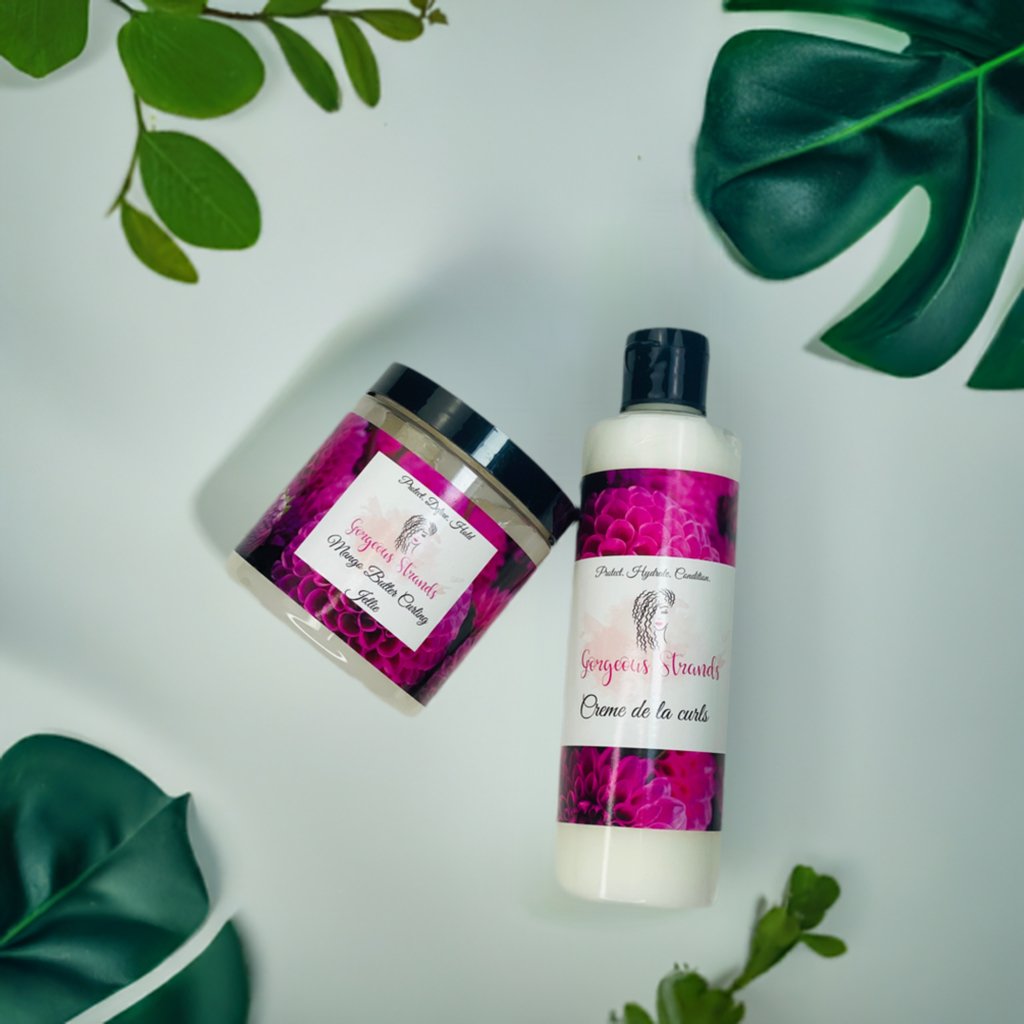
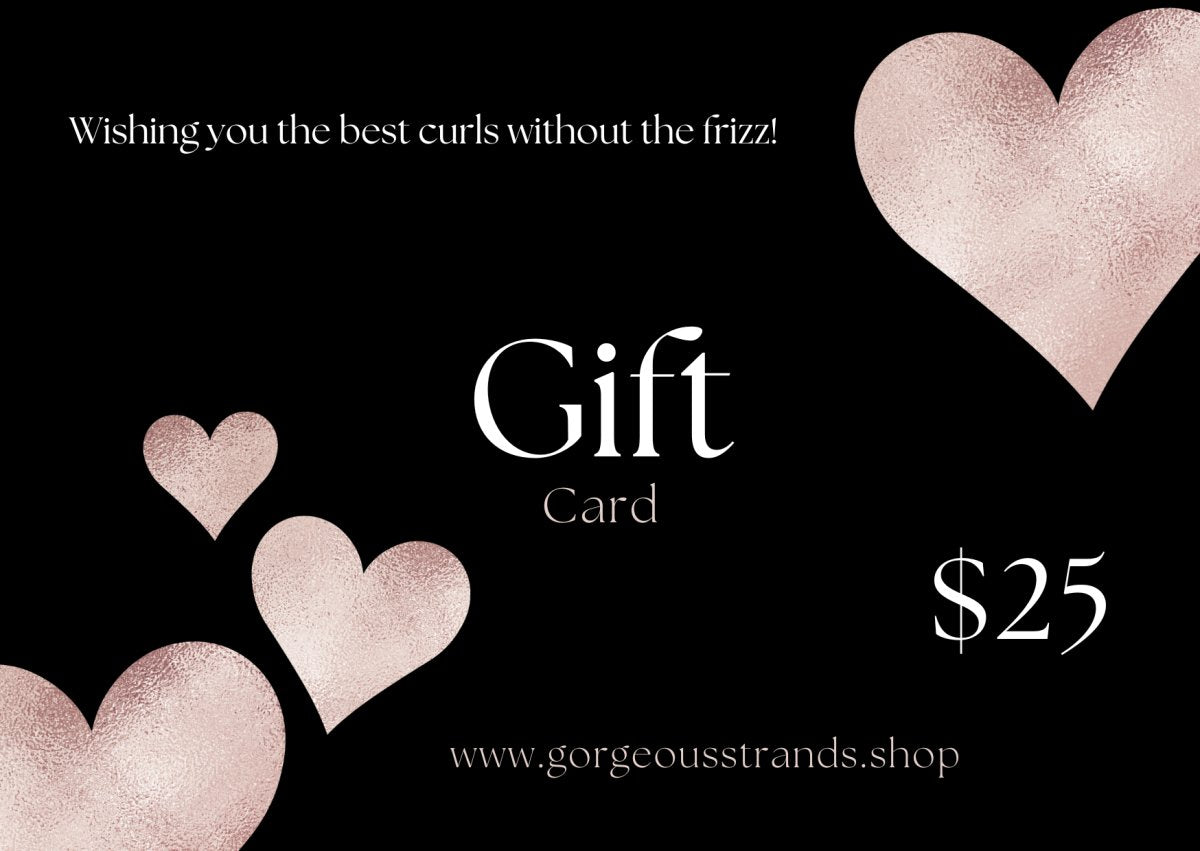
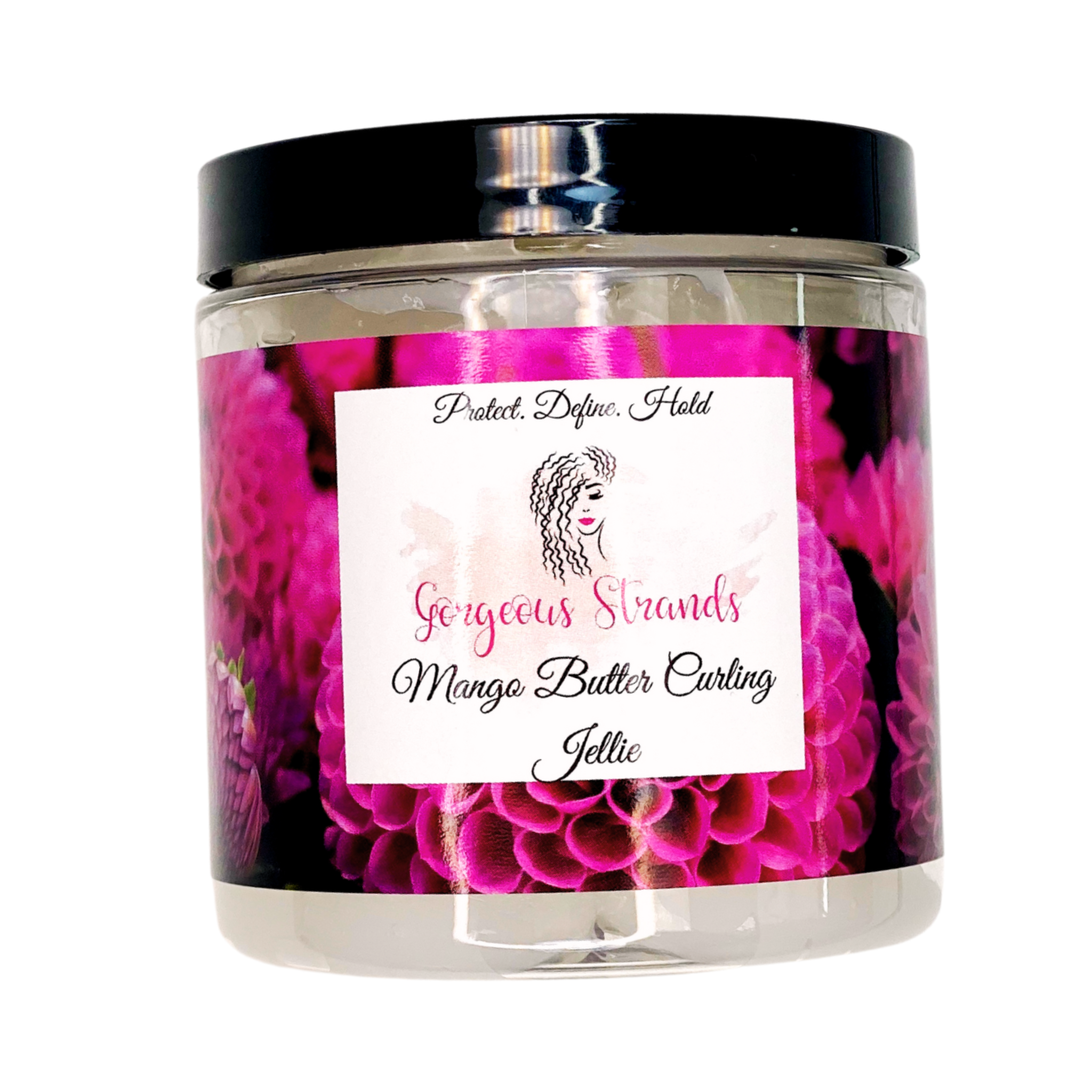
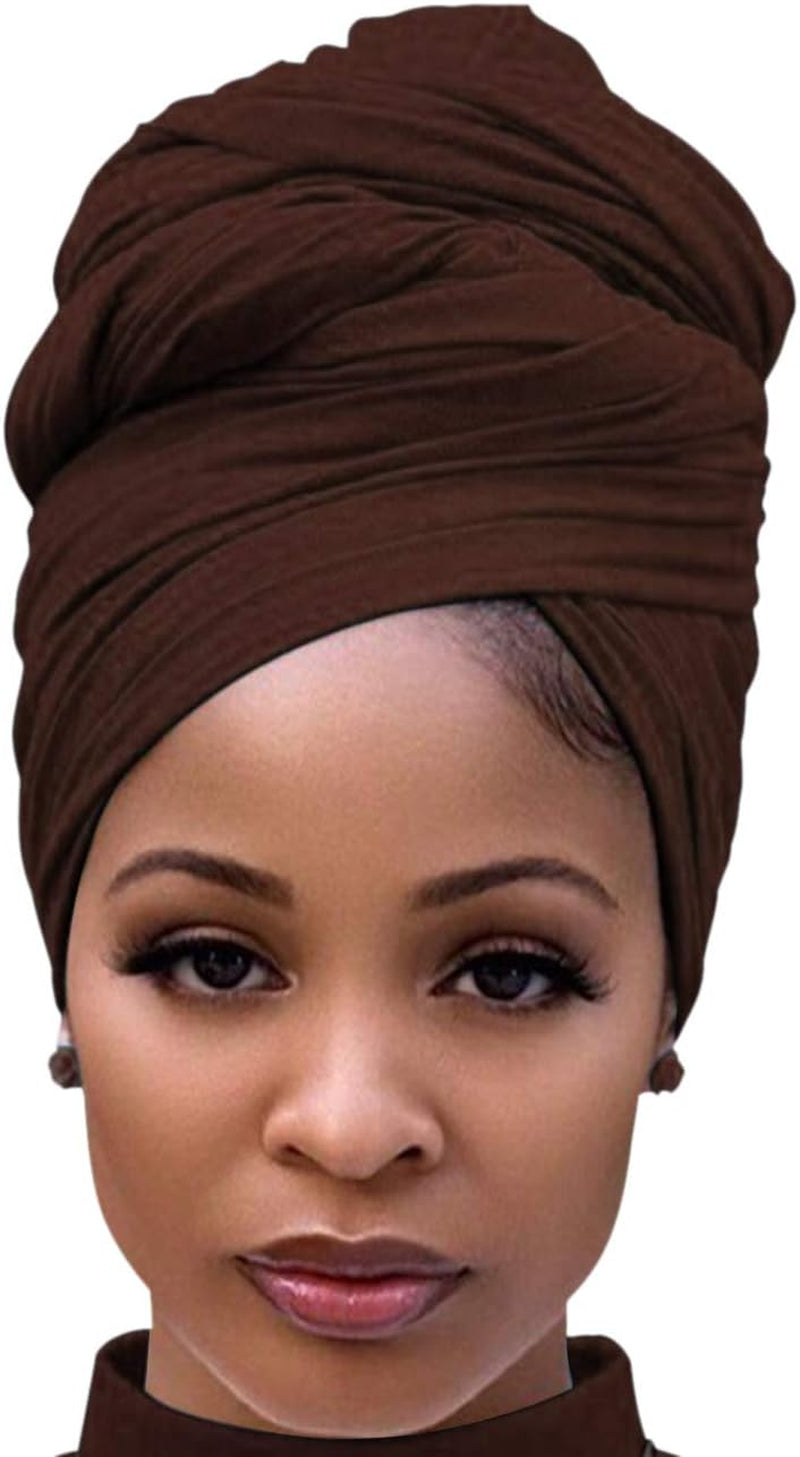
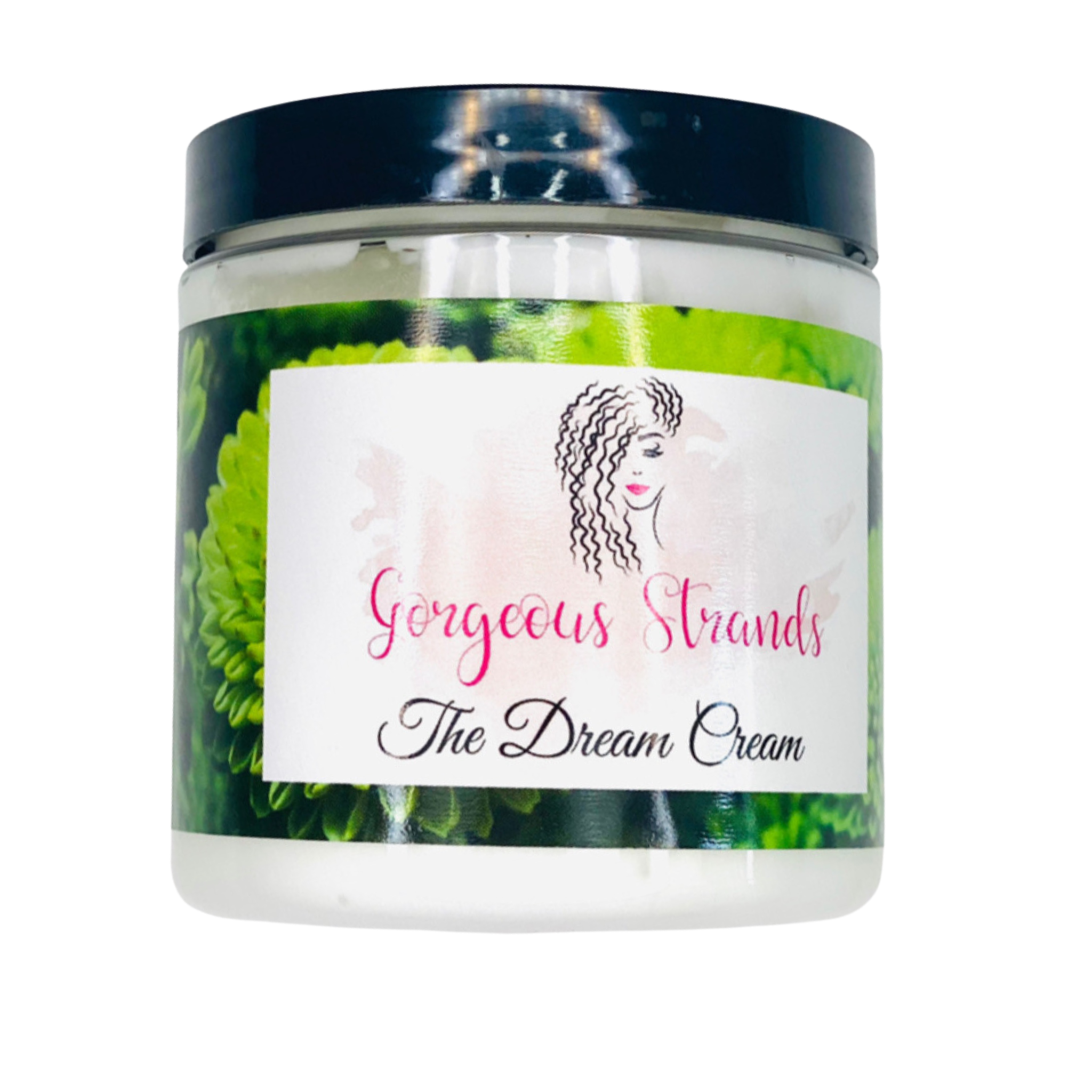
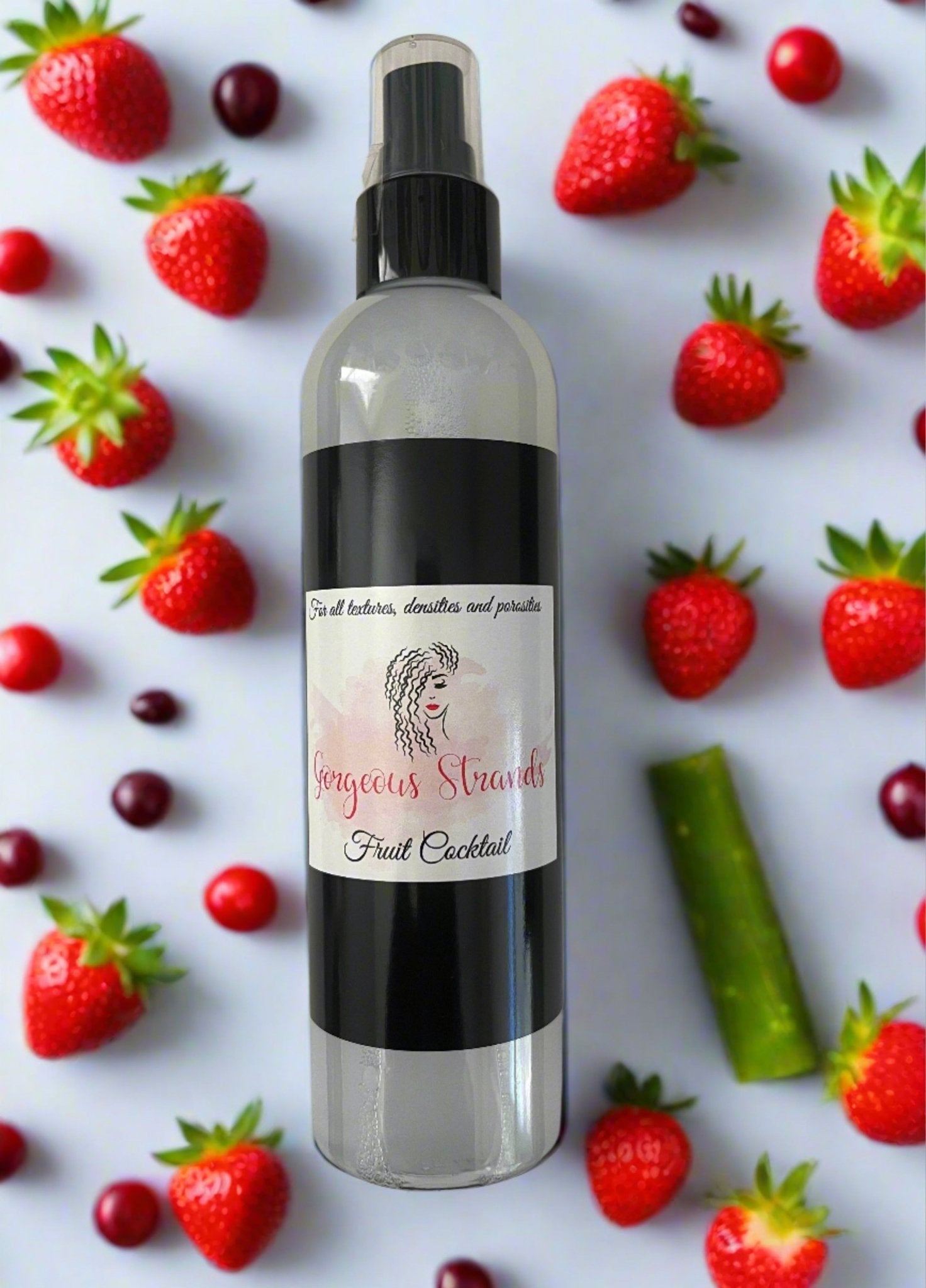
Comments